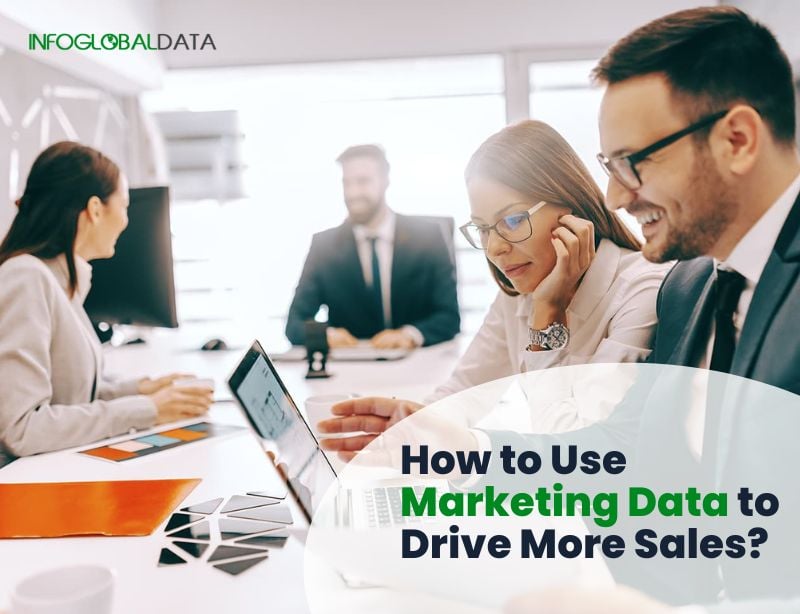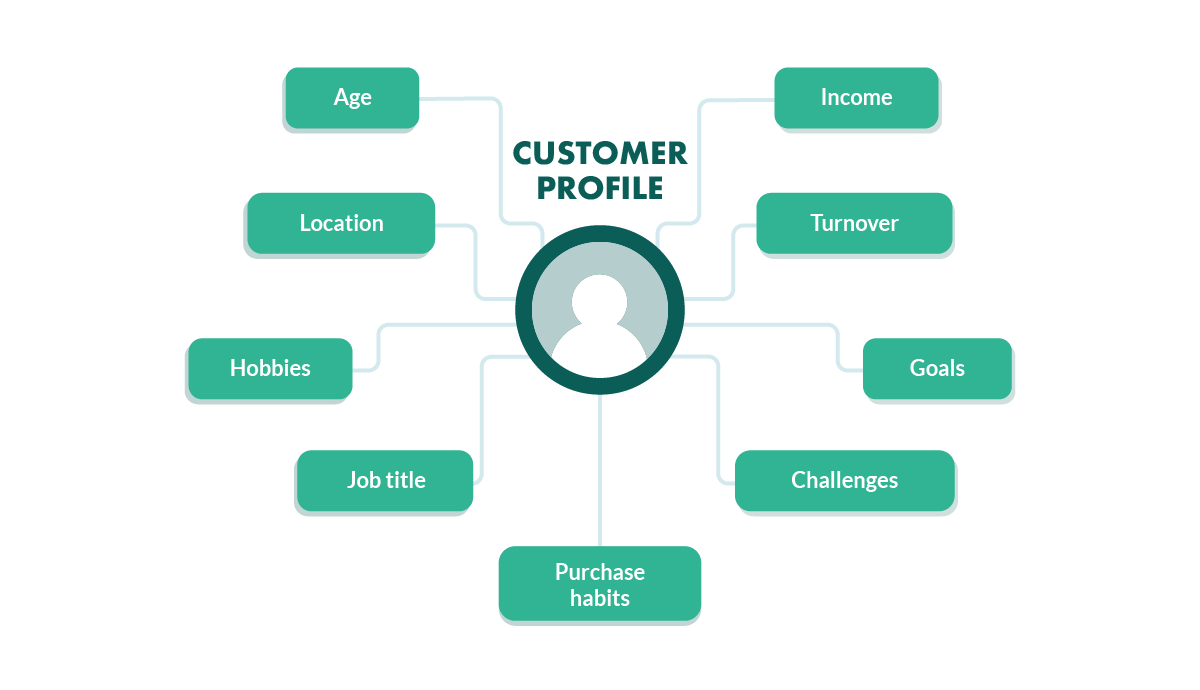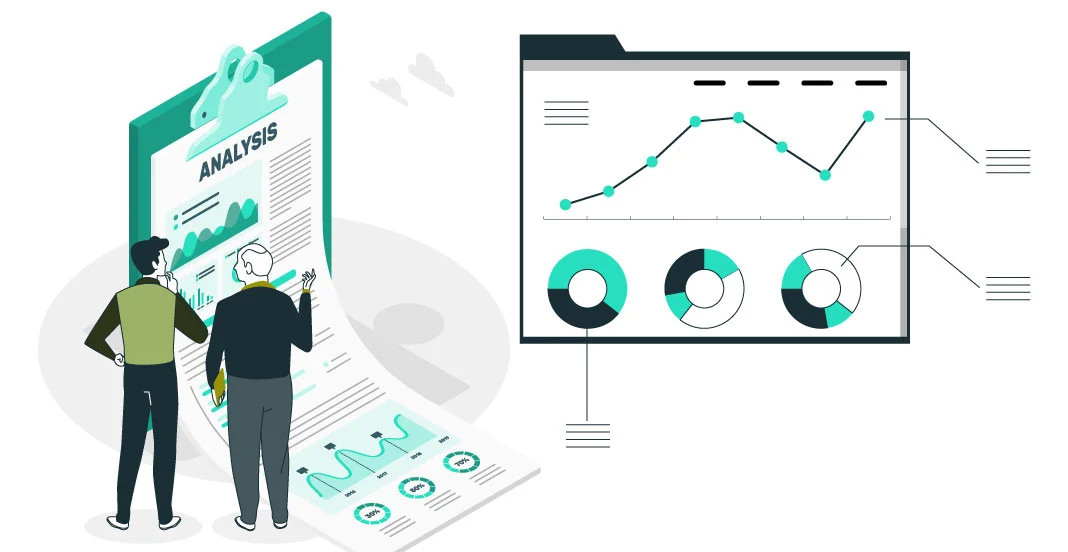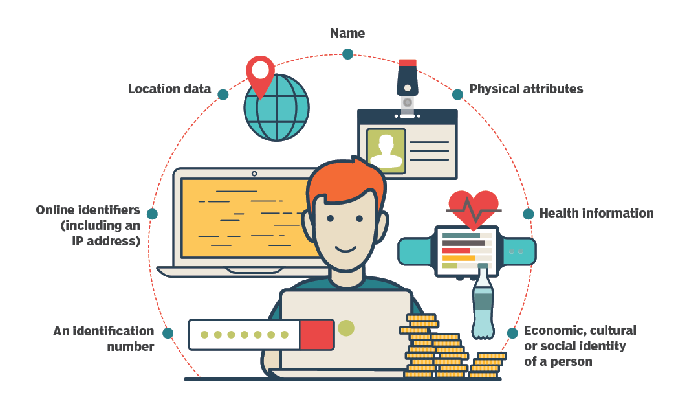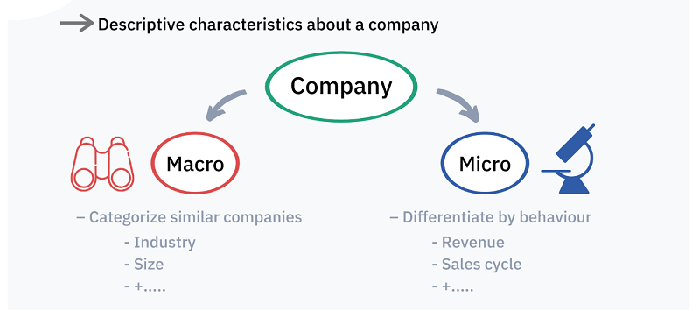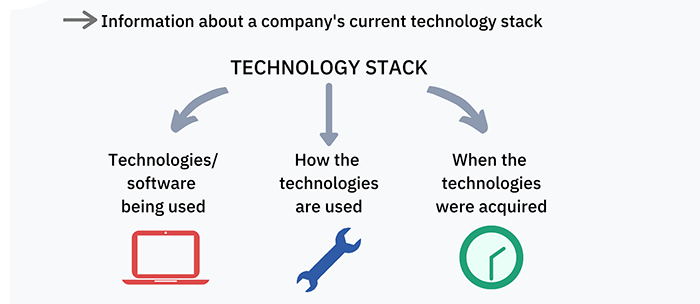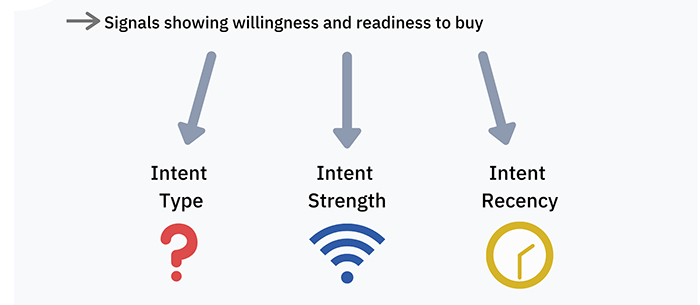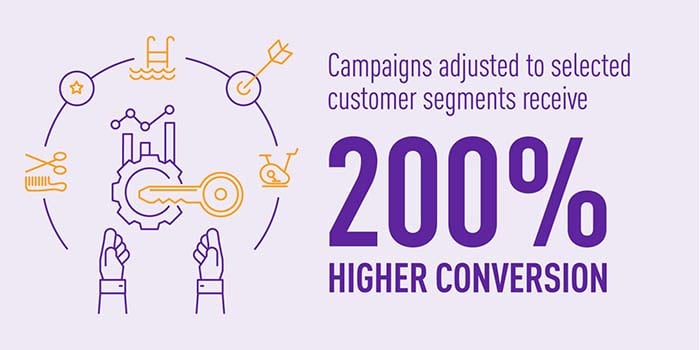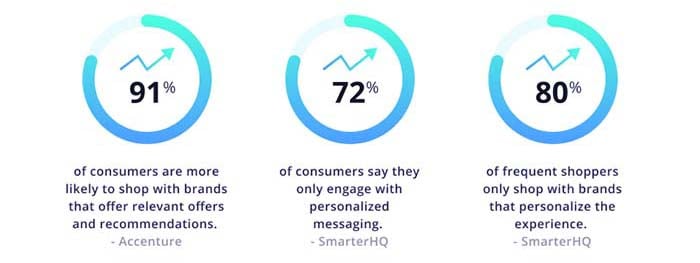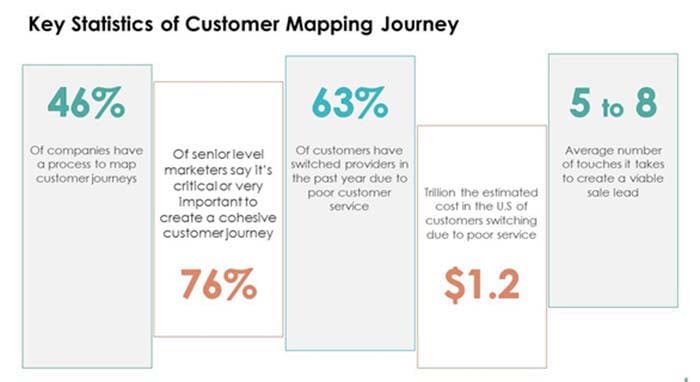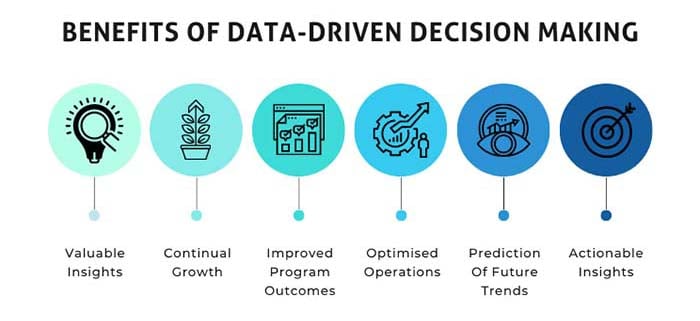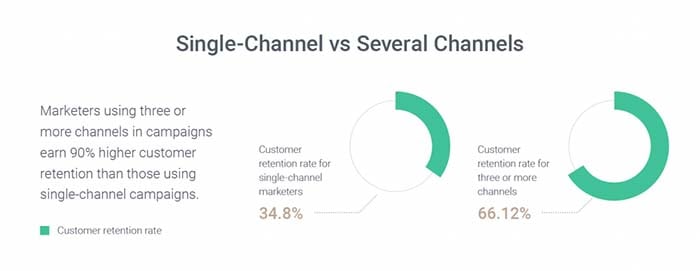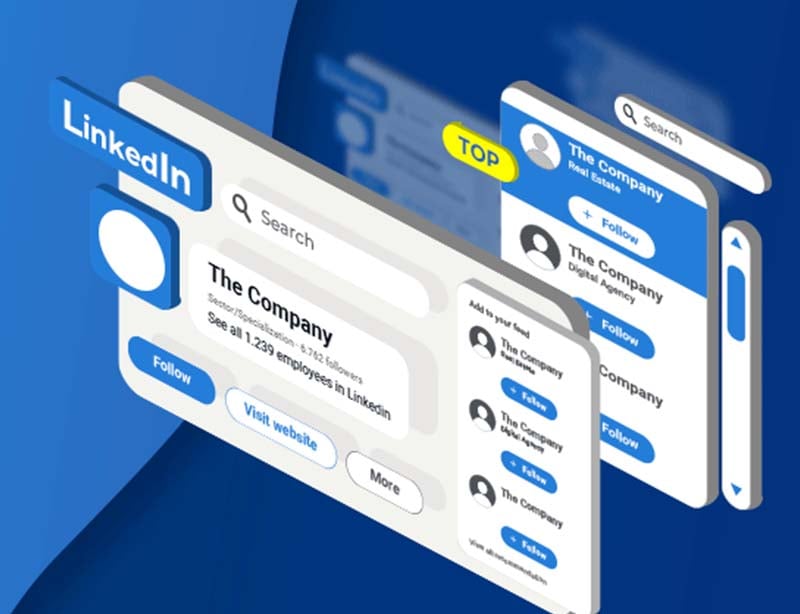Marketing Data: Everything You Need To Know
Marketing data can be described as the digital footprint left by customers and prospects through their interactions with various touchpoints. This information, when analyzed and understood, offers valuable insights for marketers to effectively reach and engage their target audience, improve campaigns, and drive business growth. It is a combination of both explicit and implicit data that provides a comprehensive understanding of customer behavior and preferences.
KEY POINTS
- The Value of Marketing Data: Navigating its Importance for Business Growth
- Different Types Of Marketing Data And Its Usage
- How Is Marketing Data Collected?
- Mailing List: A Definitive Alternative To Data Gathering
- Why Are Businesses Using Mailing Lists To Fuel Their Sales Pipeline?
- Maximizing Your Marketing Success: 5 Proven Strategies for Leveraging Marketing Data
- Overcoming the Hurdles: Navigating the Challenges of Marketing Data
- Marketing Data Success Stories: Lessons Learned from Top Companies
- Is Your Marketing Data-Driven Yet - The Future Of Marketing Data
There are various forms of marketing data, each with its own specific application for B2B marketing purposes. In this blog post, we'll delve deeper into the intricacies of marketing data. From uncovering its different forms to understanding its diverse applications, you will gain a comprehensive knowledge of how marketing data can be harnessed to drive business growth. Discover the various methods of collecting and analyzing marketing data and how this information can be utilized to create tailored data-driven marketing campaigns. This blog post is your one-stop-learning station for everything related to marketing data, so buckle up and let's get started!

